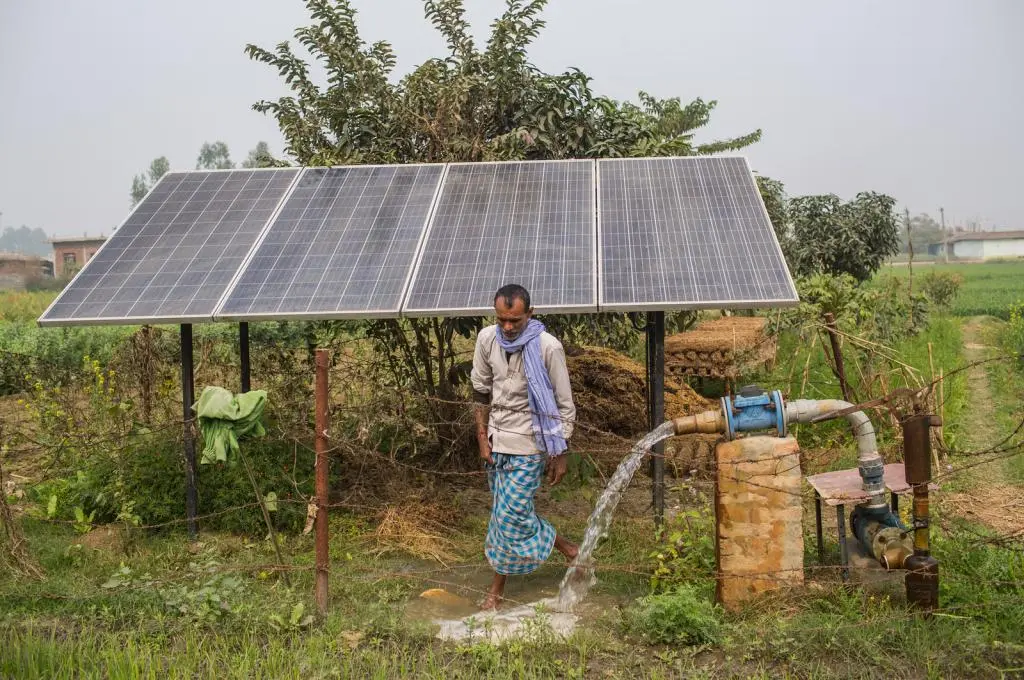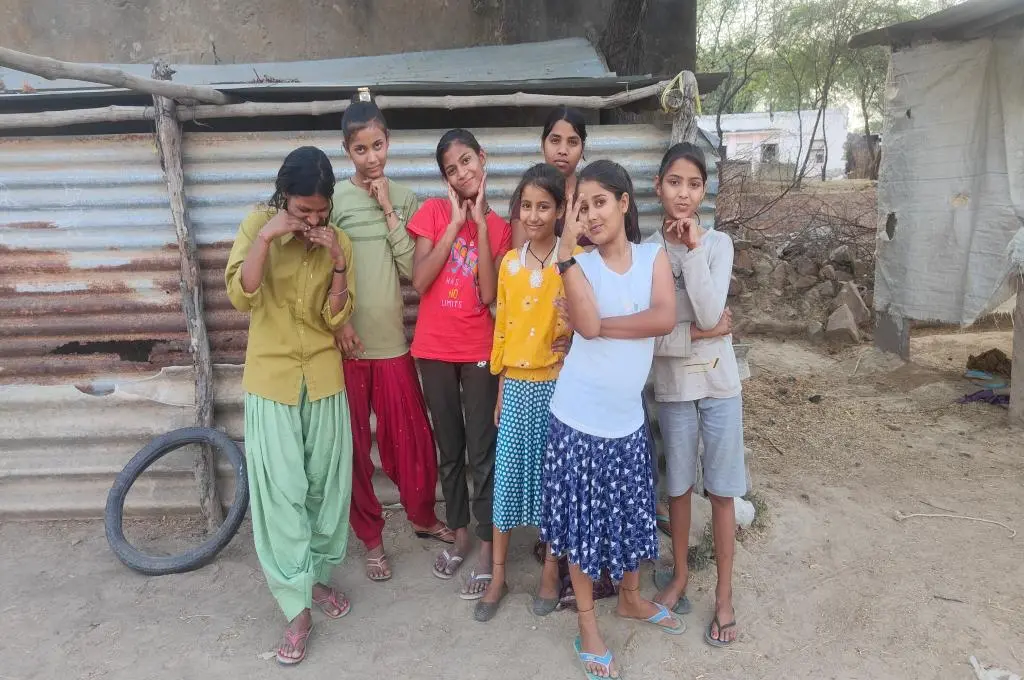India has made significant strides in tackling climate change, but achieving substantial reductions in greenhouse gas emissions requires a greater focus on individual behaviours and lifestyle choices. While policy has strongly emphasised the need for technological solutions such as solar panels or electric vehicles (EVs), climate change remains, at its core, a social challenge. The new technologies essential to combating climate change require widespread adoption—something that hinges on people changing their behaviours to integrate these solutions into their everyday lives.
For example, in domains such as electricity consumption, waste management, and even mobility, individual decisions—choosing to walk instead of driving, segregating waste, or turning off lights—play a pivotal role in curbing emissions. Yet, efforts to promote behaviour change in these domains have yielded limited success. Initiatives like India’s ambitious Mission LiFE (Lifestyle for Environment) have laid important groundwork by raising awareness about sustainable practices that people can adopt, but awareness alone is not enough.
A key challenge in driving action lies in the way climate action is framed. Messaging tends to focus on abstract, long-term goals such as ‘saving the planet’ or ‘stopping pollution’, which can feel distant, overwhelming, or even irrelevant to an individual’s daily life. People often struggle to see how their small actions meaningfully connect to such large-scale challenges.
There’s a need to reframe climate action in ways that resonate more deeply with people. Research indicates that people are more responsive to messages that highlight direct, personal benefits over abstract, long-term environmental gains. For example, a campaign in northern England used personalised nudges to encourage its audience to adopt sustainable mobility modes. Messages such as ‘Did you know you could burn 300 calories by cycling to work today?’ or ‘Did you know you could catch the #19 bus home at 16.50?’ encouraged 70 percent of those targeted to travel more sustainably. In contrast, purely climate-focused messaging—such as ‘India could save energy if commuters turned off their cars at traffic lights,’ or ‘Segregating waste is good for the environment’—feels less relatable, and is, therefore, harder for individuals to connect with. By framing behaviours around economic gains, high EV performance of EVs, or health benefits, campaigns can create a stronger, more immediate motivation for action than climate-only appeals.
Health framing as an approach to climate action
Health has emerged as a highly effective framing for encouraging climate-friendly behaviours. Health-based framing not only resonates well with audiences but also creates co-benefits by simultaneously addressing public health and environmental issues. For example, framing the adoption of EVs or public transport as both a solution to air pollution and a way to reduce respiratory risks connects with individuals on a more personal level. Similarly, promoting waste segregation as a step towards a cleaner city, and thus disease reduction, makes it more relevant to people’s daily lives.
Recent research published in Nature, conducted across five countries in 2022, showed that health-related messaging has the potential to increase support for climate policies, especially among those less concerned about climate change. Health framing has proven effective in fostering behavioural change while delivering decarbonisation co-benefits. Examples of successful initiatives such as the World Carfree Day and BreatheLife campaigns, demonstrate this approach by focusing on the health advantages of reducing air pollution. Health framing has also proved successful in other sectors, including climate adaptation, where campaigns have effectively leveraged it to motivate action. For example, emphasising benefits such as staying cool, a reduced risk of heat stroke, and the prevention of heat-related illnesses has successfully driven individuals to adopt protective behaviours.

However, health is not always incorporated in messaging for low-carbon climate action, despite its potential to drive behavioural change. One reason is that the health benefits of climate action are often long-term. For example, improved cardiovascular health doesn’t result from a single day of walking or cycling to work, nor does air quality improve from just one day of reduced car usage. Another reason that health framing hasn’t been widely adopted is the siloed contexts within which both climate and health professionals work. Many climate scientists concentrate on the urgent need for emission reduction, viewing this as the core issue demanding societal attention. They often assume that people should care about climate change due to its larger implications for the planet. As a result, some see health framing as a distraction that risks diluting the fundamental message of the climate crisis and its existential urgency.
What’s needed to integrate health and climate messaging
It’s clear that health framing and messaging have immense potential to garner public support for much-needed low-carbon lifestyle choices. To fully leverage this opportunity, the following steps are crucial:
1. Fostering interdisciplinary collaboration
Effective health-based messaging requires partnerships across disciplines and government departments. Public health professionals, behavioural scientists, and climate experts must collaborate to craft messages that resonate on multiple levels. For example, government agencies (such as energy authorities) and DISCOMs need to be key partners in large-scale campaigns targeting energy-saving behaviours. Establishing new institutional frameworks such as the model provided by Mission LiFE, is essential to facilitating such partnerships. An example of such collaboration is No Vaccine for Climate Change, a guidance document launched by Healthy Energy Initiative India in partnership with health organisations. The document is designed to prepare healthcare workers engage patients in conversations about climate change and its health impacts.
2. Contextual research to identify priorities
Behavioural campaigns must be rooted in research that identifies the most effective ways to link health and climate for different audiences. Health impacts must feel relatable, tangible, and locally relevant. This requires exploring how messages can be tailored to specific contexts, backed by trusted messengers, compelling storytelling, and jurisdiction-specific data. Only by understanding local health priorities can campaigns effectively inspire behavioural change. For example, in Alappuzha, Kerala, improved waste segregation was linked to controlling dengue and other vector-borne diseases, which helped gain community support.
3. Demonstrate success to engage climate scientists
Climate scientists and professionals need evidence of the transformative potential of health framing. To drive this shift, health experts and behavioural scientists must spotlight successful campaigns and tangible examples of interdisciplinary collaboration.This can illustrate how health messaging complements, rather than detracts from, the urgency of climate action. Demonstrated success can shift perspectives and encourage broader adoption of this approach.
To take this forward, new systems are needed to integrate behavioural communications into climate and health programmes across the country. One approach is the institutionalisation of behavioural officers in cities to facilitate interdisciplinary collaboration and ensure that messaging is evidence-based and contextual. Another is to allocate dedicated funding for communications within state-level urban, health and climate programmes, securing resources for dedicated outreach and messaging. Finally, training and capacity-building for the government on the role of behavioural change is essential to embedding and scaling this approach.
—






